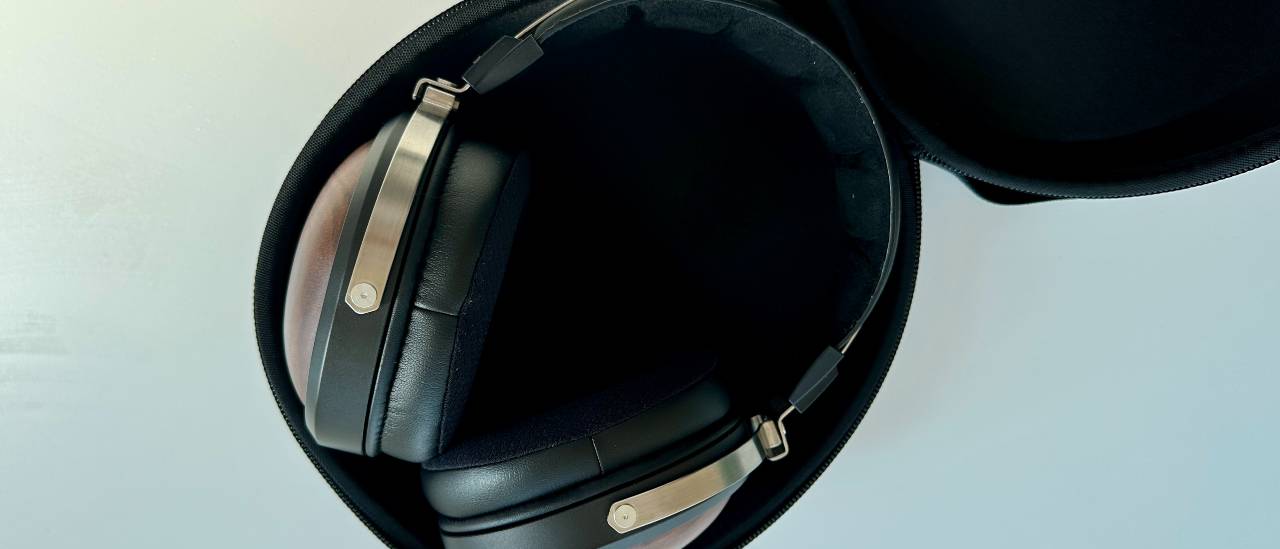TechRadar Verdict
The FiiO FT1 are a curious mixture and whether they're for you all depends on what you want for your affordable over-ear closed-back headphones, really. If all you need is for them to look and feel a fair bit more expensive than they are, then the FT1 are all business. If you’re after balanced and adaptable sound, though, there are more compelling options.
Pros
- +
Lively, forward sound
- +
Good specification at the price
- +
Premium materials, nicely applied
Cons
- -
Sound both confined and relentless
- -
Quite large earcups
- -
Don’t fold, so travel in a large case
Why you can trust TechRadar
FiiO FT1: Two-minute review
The FiiO FT1 are the company's very first pair of closed-back over-ear headphones and, given FiiO's extensive catalogue, it's strange to think there could be any kind of gap in the FiiO product line-up. But, in the established FiiO manner, the company has done its utmost to provide value for money.
A pretty modest outlay buys you balanced and unbalanced connections, a quantity of acoustically optimised black walnut wood for the earcups, a pair of oversized (60mm) dynamic drivers with a very promising claimed frequency response, an impressive degree of passive noise isolation, and Hi-Res Audio certification from two very credible audio organisations.
Comfort is good, and the FiiO FT1 are as pleasing where tactility is concerned as they are visually. The only false note (at least until you fire them up and start listening) is the relative bulk of their travel case – the headphones don’t fold anything like flat.
But while there’s lots to like in the FiiO sound – detail levels and nicely judged tonality in particular – it’s hard to get beyond the fact that the FT1 are a rather two-dimensional and unyieldingly energetic listen. There’s a forcefulness to the way they present music that’s not always appropriate, and as a result they’re far from the no-brainer best-in-class wired headphones FiiO was undoubtedly aiming for.
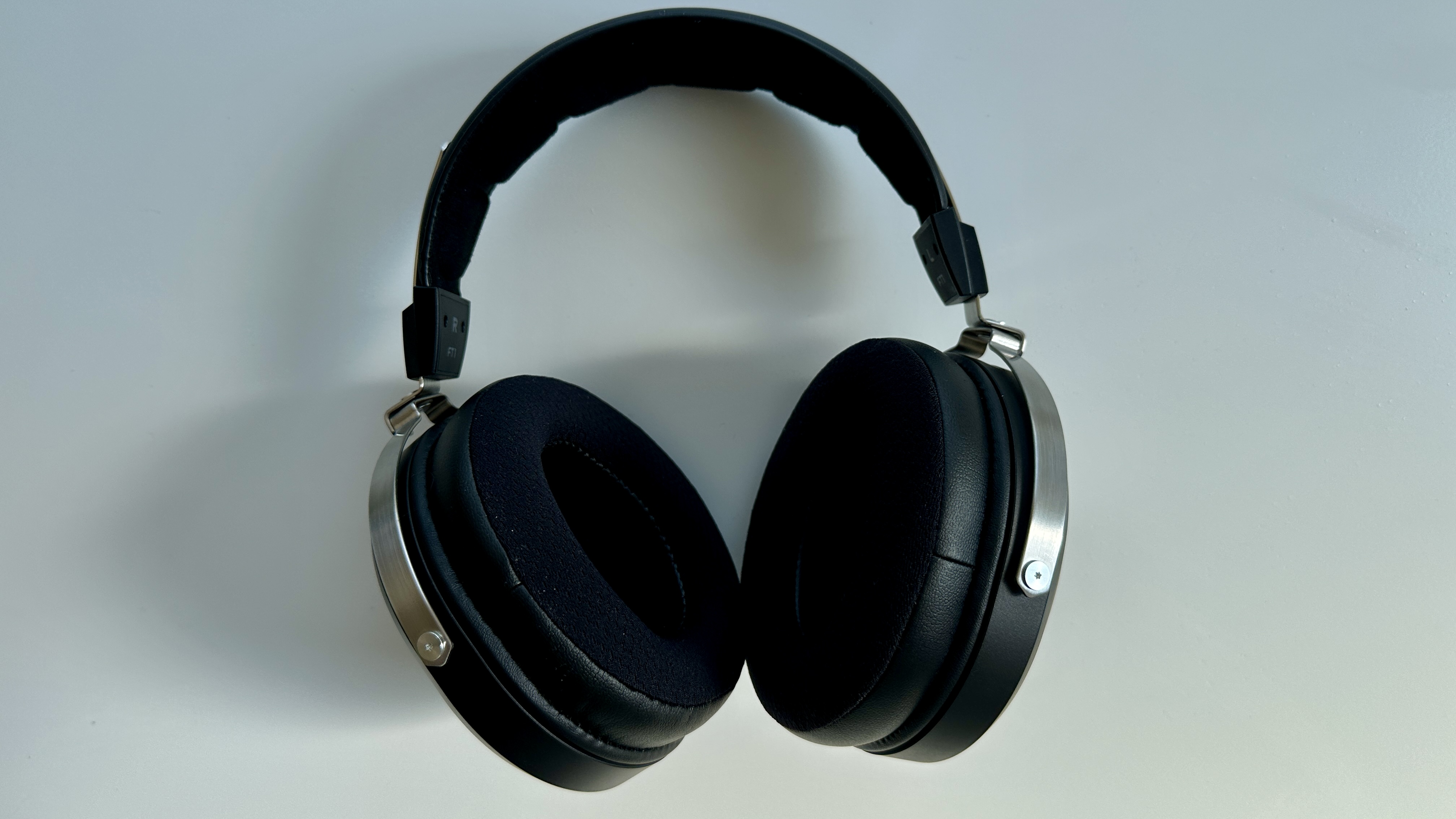
Fiio FT1 review: Price & release date
- Released on August 21, 2024
- Priced $159 / £139 / AU$239
The FiiO FT1 have been on sale since mid-August, and they will set you back $159/£139 – pricing is yet to be confirmed for Australia, but you’re looking at AU$239 or something quite like it.
That's an aggressive price for headphones as eye-catchingly specified, both inside and out, as this – and exactly the sort of thing we’ve all come to expect from FiiO. That doesn’t mean the FT1 are without competition, though – hard-wired, closed-back over-ear headphones from the likes of Austrian Audio, Beyerdynamic and HiFiMan (to name but three) are all ready to serve as an alternative.
Fiio FT1 review: Specs
| Type | Over-ear |
| Weight | 340g |
| Drivers | 60mm dynamic |
| Cable length | 1.5m |
| Cable terminations | 3.5mm; 4.4mm |
| Configuration | Closed-back |
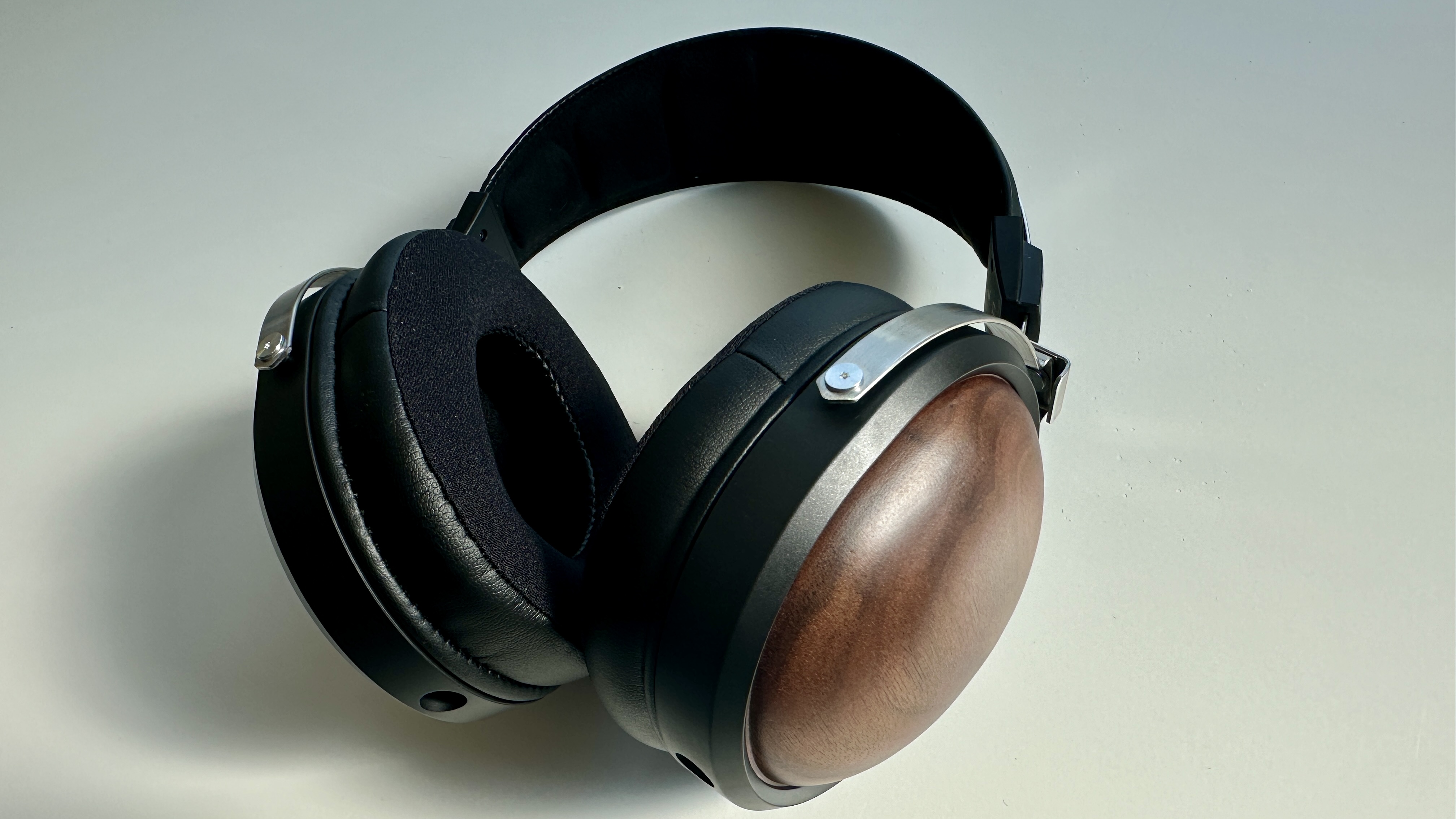
Fiio FT1 review: Features
- 60mm dynamic drivers
- 3.5mm- and 4.4mm-terminated cables
- ‘Hi-Res Audio’ certification
As a pair of passive headphones, the Fiio FT1 are predictably short on features. Those features they do have, though, seem to be rather more upmarket than the asking price might suggest.
For instance, the FT1 are supplied with two 1.5m lengths of silver-plated oxygen-free copper cable. One is terminated in the usual 3.5mm unbalanced connection, the other in a rather more esoteric 4.4mm balanced alternative. Each cable splits at the other end – each earcup must be hard-wired – and ends in a 3.5mm connection, which means it should be pretty straightforward to upgrade the cables if you think it necessary.
The audio information travelling up the cable is delivered to your ears by a couple of 60mm dynamic drivers that are mostly built from wood-fibre. Each one is backed by a W-shaped suspension gasket and features an oversized (25mm) voice coil. FiiO reckons this arrangement offers wide frequency response – 10Hz to 40kHz, so it says – and minimal driver break-up. It also results in a fairly low impedance of 32ohms, which means the FT1 should be no trouble to drive efficiently. A conical baffle plate in front of each driver is designed to allow the drivers to be positioned parallel to the wearer’s ears, which theoretically will reduce standing waves.
There’s nothing theoretical about the FT1’s hi-res audio capability, though. Both the Japan Audio Society and the Consumer Electronics Association have certified these headphones to be Hi-Res Audio capable.
- Features score: 5/5

Fiio FT1 review: Sound quality
- Upfront and vigorous sound
- Punchy and detailed
- Cramped and relentless presentation
In some ways, the FT1 sound just as enjoyable as many other products in the FiiO catalogue. There are areas of sonic performance in which they are easily a match for the best of their price-comparable rivals.
Certainly they don’t lack where drive and attack are concerned. No matter if it’s a 320kbps file of Caribou’s Odessa, a 16bit/44.1kHz WAV copy of Wet Leg’s I Don’t Wanna Go Out or a 24bit/88.2kHz FLAC file of Giorgio by Moroder from Daft Punk, the FiiO sink their teeth in. They’re a vigorous, upfront listen and can summon the sort of levels of attack that make even quite laid-back recordings sound lively. This forward, up-and-at-’em attitude generates a fair amount of sonic excitement, no two ways about it.
Low frequencies are deep, nicely shaped and reasonably well controlled, so there are few issues where rhythmic expression or simple bass thump are concerned. Above there, the midrange is detailed and quite insightful, especially where vocalists are concerned, and share a nicely consistent tonality with everything that’s going on above and below. At the top end, the FT1 press on gamely, but give treble sounds just enough substance to balance out the bite and crunch that’s their primary characteristic.

The frequency range hangs together well, with no area given particular prominence and no area underplayed. Overall tonality is well judged, and fairly neutral to the point that it’s your source player, rather than these headphones, that will have the biggest influence here. And the eye for detail the FiiO demonstrate, even down to the small harmonic variations apparent in a solo instrument or in transient events, makes for an information-rich presentation.
But where soundstaging is concerned, the FT1 begin to struggle a little. Closed-back headphones, almost by definition, present a sound that’s more confined than the open-backed alternative – but these FiiO headphones struggle to create a meaningful sense of three-dimensionality. Their presentation is narrow and flat, with no real ‘front/back’ definition available to complement the ‘left/right’. Consequently, their stage is small-scale and quite cramped, and with every element of a recording involved in a scrap for elbow room at the front of the stage, once it involves more than a couple of elements it inevitably sounds congested and confined.
When you combine this lack of breathing space with the remorselessly upfront attitude, there’s a sort of relentlessness to the FT1 sound that, in the worst circumstances, can actually be quite oppressive. There’s a crowded, invasive sensation that’s not unlike someone reading over your shoulder or otherwise invading your personal space. There’s just no relief in the way the FiiO FT1 present music, and it can be quite a tiring overall experience as a result.
- Sound quality score: 3/5
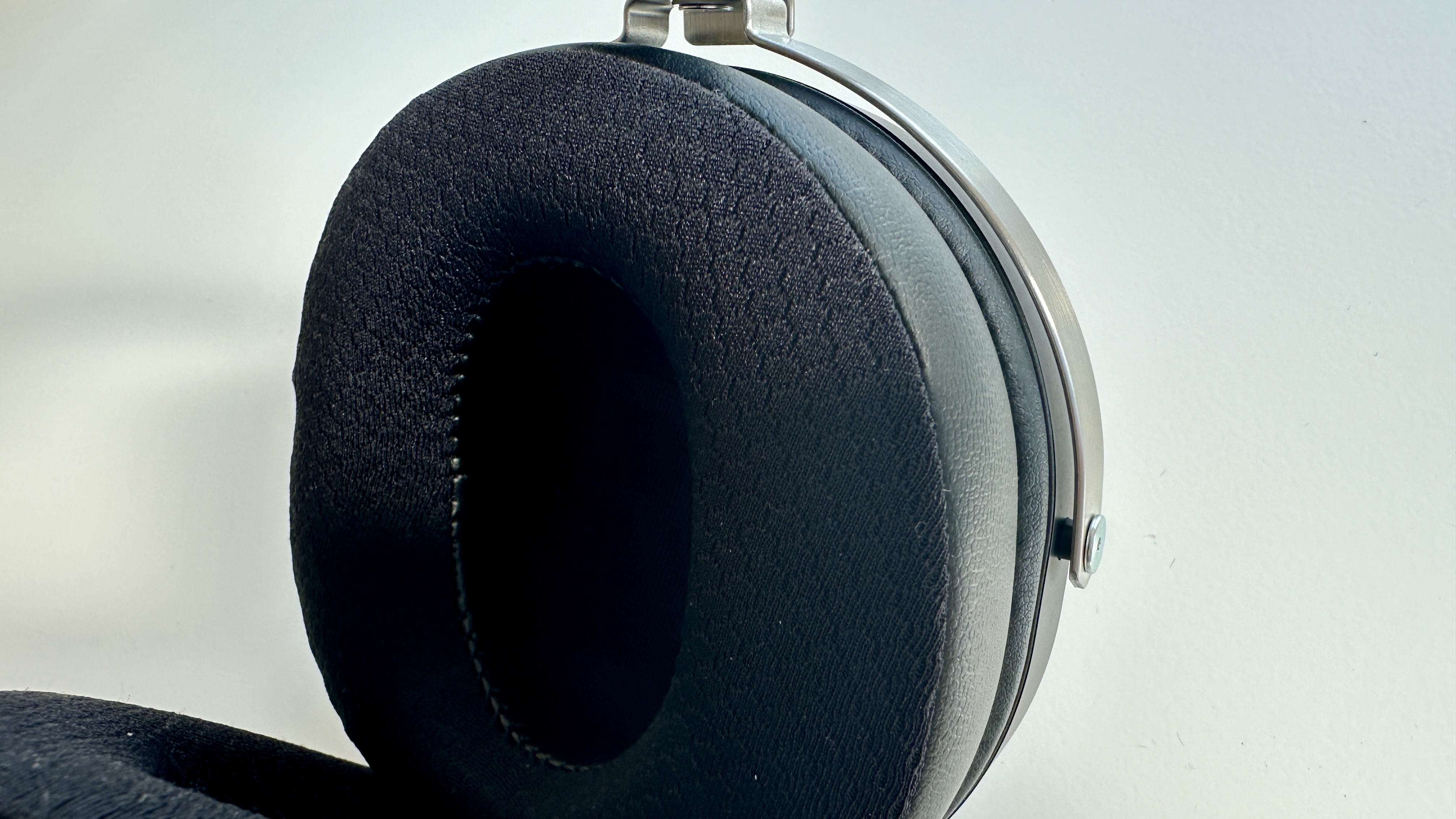
Fiio FT1 review: Design
- Black walnut earcups
- -26dB sound insulation
- 12-step headband adjustment
While there’s nothing at all unusual about the overall design of the FT1, there is one element that immediately makes these headphones stand out at their price point: the earcups are backed by a decorative, and expensive-looking, quantity of black walnut wood.
The acoustic properties of wood have been established for a number of centuries now, so there’s no need to explain FiiO’s thinking here. But as well as the inherent benefits of the material, there’s no denying it makes the FT1 look distinctive, distinguished and a fair bit more costly than they actually are.
Moving forward from the back of the earcups, the FT1 are fitted with quite generously padded earpads that are covered in a comfy breathable plastic. The headband, meanwhile, is equally judiciously padded, and covered with pleather on the outer surface and a suede-like material on the inner.
The headband connects to the earcups via slender length of metal, and the same material is used for the exposed headband adjustment mechanism. There are 12 steps of adjustment available which along with some nicely considered clamping force, means the FT1 wear their 340g weight quite lightly. The yoke arrangement allows the earcups to rotate horizontally and for pitch – but they don’t fold, which means the supplied travel case is on the bulky side.
FiiO reckons the FT1 provide class-leading sound insulation for a product of this type of -26dB. It’s achieved this by including sound-absorbing cotton, an acoustic damping tube and spiral-shaped ‘resonance dissipation’ chamber between the inner part of the wooden earcup and the driver itself. So as well as the inherent advantage of a closed-back design where sound leakage is concerned, the FT1 allow less sound in than the average.
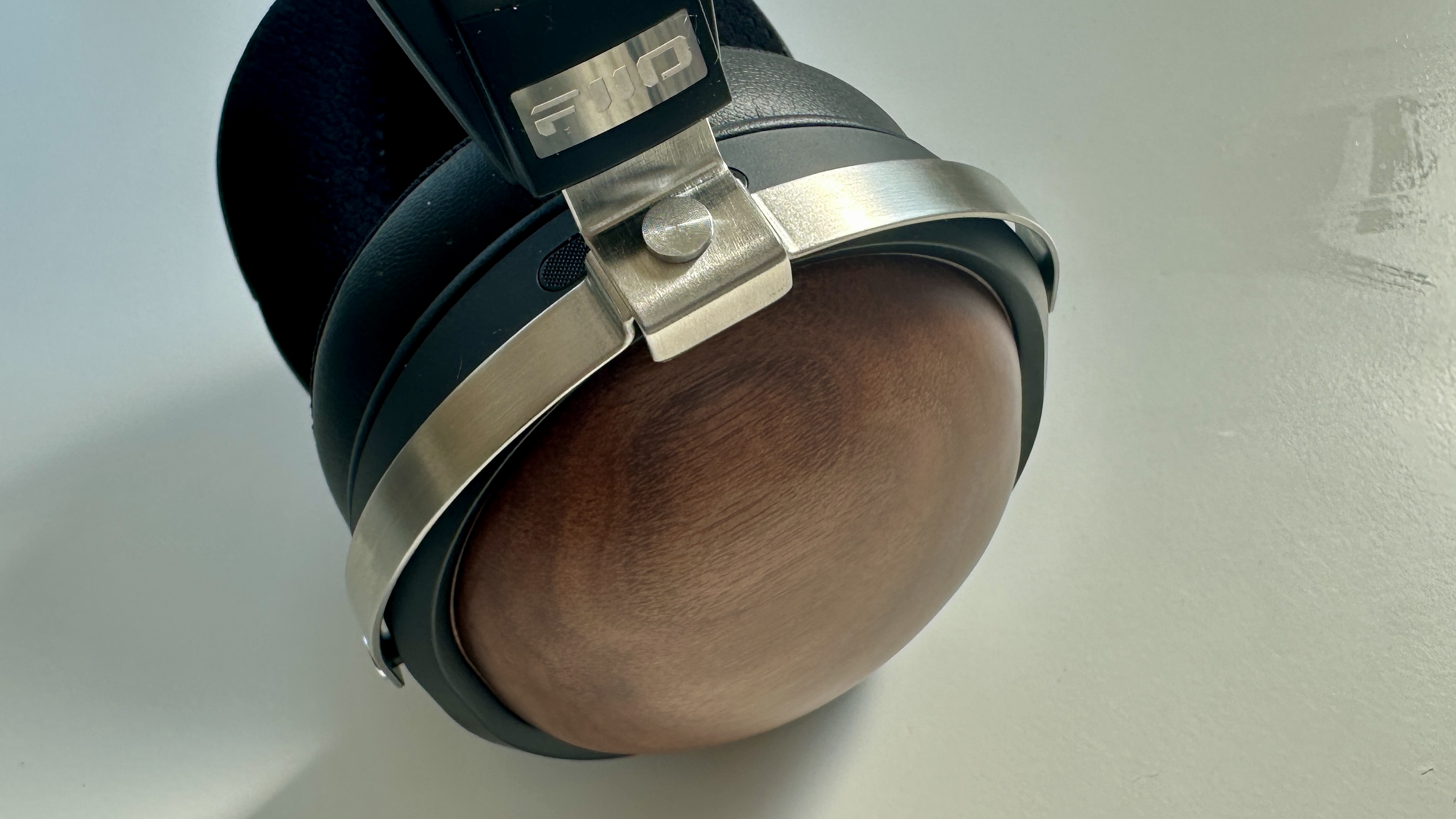
- Design score: 4.5/5
Fiio FT1 review: Value
- Premium materials
- Impressive specification
- Rather hit-and-miss sound
You’ve read this far, so you know what’s coming. Where the standard of build and finish is concerned, where the quality of the materials is concerned, where comfort is concerned, the FT1 really hit the mark. Their specification, all-extended frequency response, class-leading passive noise-isolation and your choice of silver-plated balanced and unbalanced connecting cables, are impressive too.
The value proposition is quite fundamentally undermined by the headphones’ forceful and confined audio characteristics, though. There’s precious little space in the sound, and a rather invasive and in-your-face quality that’s far from helpful in the medium-to-long term.
- Value score: 3/5
Should I buy the Fiio FT1?
| Section | Notes | Score |
|---|---|---|
| Features | 60mm dynamic drivers, 3.5mm- and 4.4mm-terminated cables, ‘Hi-Res Audio’ certified | 5/5 |
| Sound quality | Upfront, punchy sound let down by cramped and relentless presentation | 3/5 |
| Design | Black walnut earcups offer premium feel with good sound isolation | 4.5/5 |
| Value | Look and feel the part, but don't sound it | 3/5 |
Buy them if...
You want expensive looks without the expense
The wooden bits, the shiny bits, the padded bits… the FiiO FT1 present as a premium product in every respect. Apart from price
You have plenty of space in your bag
These are quite large headphones and they don’t fold even remotely flat - so their travel case will eat into your hand-luggage allowance
You enjoy a vigorous sonic attitude
The FiiO FT1 are an endlessly energetic and lively listen, which will suit some of your favourite recordings very well indeed
Don't buy them if...
You’re after ultimate portability
See above. Hard-wired headphones tend not to be the traveler’s first option, to be fair, but the FT1 are bigger and bulkier than many a rival
You like balanced sound
A confined soundstage, with a corresponding lack of breathing-space, means the FiiO are a bit of a one-trick pony – and it’s by no means certain you’ll enjoy the trick in the first place
Your head is on the smaller side
Big earcups + big earpads = an ear-covering experience. There’s plenty of adjustment in the headband, but the smaller-headed among us may find the FiiO FT1 a bit much
Fiio FT1 review: Also consider
They may look incoherent where the FiiO FT1 look quite glamorous, but there are a couple of Austrian Audio models (the Hi-X15 and Hi-X50) that bracket the FiiO in price and offer a fair bit of the balance and composure the FT1 are missing.
Or, if you think the FiiO are on the small side, there’s always the excellent (and frankly massive) Beyerdynamic DT770 Pro – they have the sonic insight and poise the FT1 are crying out for.
How I tested the Fiio FT1
- Wired to a laptop, a headphone amp and a digital audio player
- Connected using both balanced and unbalanced cables
- Using a variety of music of various file types and sizes
Though they’re obviously designed for at-home use, it’s important to get as complete a perspective as possible, so as well as connecting the FT1 to my Apple MacBook Pro (both directly and via an iFi iDSD Diablo 2 headphone amp/DAC) I joined them to a FiiO M15S digital audio player via the 4.4mm balanced cable. I even used them on an aeroplane, which got me looks that were not all admiring.
I listened to a variety of music, of course, of various file types and from 320kbps to 24bit/192kHz resolution. And I did all of this, on and off, for the best part of a working week.
- First reviewed: October 2024
Simon Lucas is a senior editorial professional with deep experience of print/digital publishing and the consumer electronics landscape. Based in Brighton, Simon worked at TechRadar's sister site What HiFi? for a number of years, as both a features editor and a digital editor, before embarking on a career in freelance consultancy, content creation, and journalism for some of the biggest brands and publications in the world.
With enormous expertise in all things home entertainment, Simon reviews everything from turntables to soundbars for TechRadar, and also likes to dip his toes into longform features and buying guides. His bylines include GQ, The Guardian, Hi-Fi+, Metro, The Observer, Pocket Lint, Shortlist, Stuff T3, Tom's Guide, Trusted Reviews, and more.
